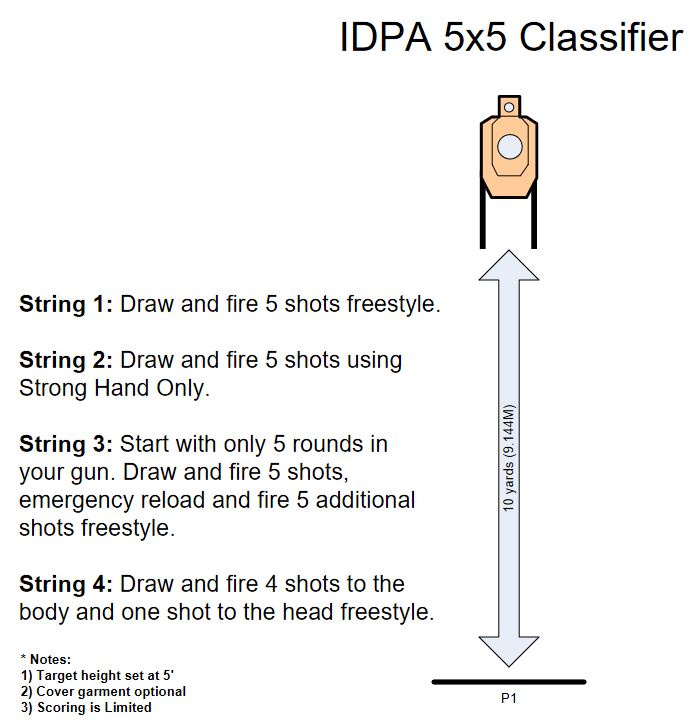A common phrase heard about self-defense shootings is that “they occur, on average, at 3 yards, happen under three seconds, and take three shots.”
Now, this sort of thing has never been backed up by any reputable research data, though there IS definitely data showing that many self-defense shootings occur within one car-length’s worth of distance. But because of this “commonly known” phrase, many people think that practicing for further distances isn’t useful. (Some instructors go so far as to say “if you are shooting over 15 yards, you should be running away, not fighting” and other similar comments.)
Between the concepts of “acceptable combat accuracy” and “average self-defense distance,” many people’s idea of what they should hold as standards for effective gun skills often end up being “hit a silhouette target at 9 feet, and you are GOOD!”
The problem with that, of course, is that it is nonsense.
We DON’T know the “average” distance for defensive gun uses, because there isn’t any overall research data repository that records this data. We DO know, however, that people have engaged criminals from bad-breath distance up to 100 yards, with a pistol, under justified circumstances.
So why the huge range?
Because all self-defense situations are not the same—and a SIGNIFICANT indicator of what distance you may need to be able to manage is based on who exactly is being threatened.
It is certainly true that someone trying to directly kill you (specifically YOU), generally does so from up close. As such, most self-defense situations of this type do tend to strongly match the “within a car’s length” distance, according to what data we have.
However, the situation in which that distance may be much farther is when you are caught up in a mass shooting situation. The criminal isn’t specifically only attacking you. Instead, he is attacking everyone. You are under threat, but it is likely to be from a distance AND you might not even be the target at that specific moment.
For those citizens who are armed and decide to attempt to stop the attacker, the distances involved are likely to be significantly larger in a mass shooter situation than in a direct assault.
The good side to that is that the shooter is likely to not be directly shooting at you at that point in time, so you have a good chance to make your first shot COUNT.
The question is, have you only practiced “combat accuracy” at 3 yards?
Or have you actually worked on your shooting skills?
Sgt. Johnson made a one-handed shot at 104 yards while holding the reins of two horses. Eli Dicken made 8 of 10 shots from cover/concealment (opinions vary) at 40 yards braced against a pillar. Jack Wilson made a headshot at 12-15 yards.
No matter WHAT situation you find yourself in, you need to make that first shot count–no matter the distance.
And no matter what someone tells you, “three shots, three yards, in three seconds” may not be good enough.

